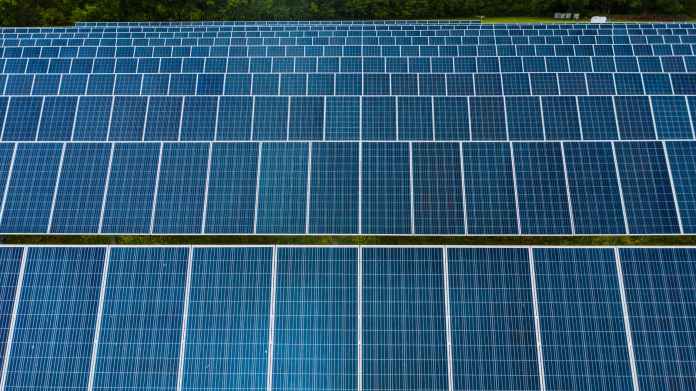Spain, long a champion of solar energy, risks losing its shine if it doesn’t speed up its solar game, warns a report by Global Energy Monitor. While Spain is a global leader in concentrated solar power plants, it needs to ramp up deployment significantly to meet its ambitious target of generating 42% of its final energy consumption from renewables by 2030.
The report highlights Spain’s lofty goals: installing a whopping 81 GW of solar power capacity by 2030. However, bureaucratic hurdles and limitations in the current infrastructure threaten to stall progress.
Here’s a breakdown of the key challenges:
- Permitting Marathon: The current permitting process for new solar projects can be a five-year slog. This lengthy wait discourages potential investors and delays project completion.
- Rooftop Solar Slump: Growth in rooftop solar installations, a crucial source of distributed renewable energy, is lagging behind expectations. This could be due to a lack of awareness, financing limitations, or limited incentives for homeowners and businesses.
- Gridlock on the Grid: The existing electricity grid infrastructure is not fully equipped to handle the increasing amount of variable renewable energy sources like solar. Upgrading the grid is essential to ensure the smooth integration of this clean energy.
The report emphasizes the urgency for Spain to take action. Streamlining permitting processes, implementing policies to boost rooftop solar adoption, and investing in grid modernization are all crucial steps. By addressing these challenges, Spain can reclaim its solar leadership and solidify its path towards a clean energy future.
This push for renewables isn’t just about environmental benefits. Spain, heavily reliant on imported fossil fuels, can reduce its energy dependence and potentially lower energy costs for consumers in the long run.
Related
- SEO Powered Content & PR Distribution. Get Amplified Today.
- PlatoData.Network Vertical Generative Ai. Empower Yourself. Access Here.
- PlatoAiStream. Web3 Intelligence. Knowledge Amplified. Access Here.
- PlatoESG. Carbon, CleanTech, Energy, Environment, Solar, Waste Management. Access Here.
- PlatoHealth. Biotech and Clinical Trials Intelligence. Access Here.
- Source: https://solarquarter.com/2024/06/14/spain-must-accelerate-solar-deployment-to-meet-2030-renewable-energy-targets-warns-report/



